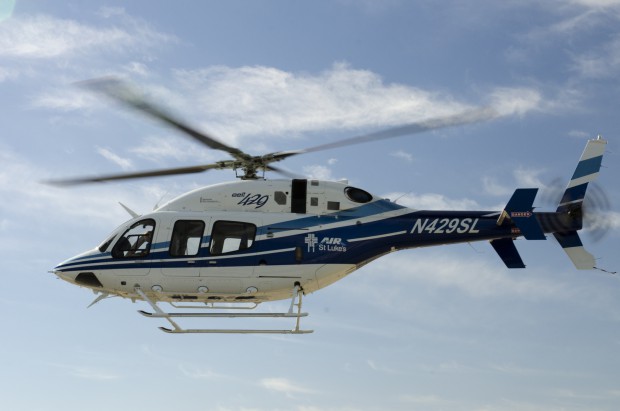
Air St. Luke’s
My name is Joe Levitch; I had the rare honor to work for Mike as a flight paramedic at two programs for 27ish years
I beat Mike to retirement by just a few months.
I thought this would be a great opportunity to start by sharing my inside reality of a helicopter response as a way of helping those that support what we do a different perspective.
Are you ready? Here we go. You are snuggled in sleeping lightly in some cramped back room on a stiff mattress in your tight white t-shirt with your watch on, ratio set to page on the nightstand.
Snapped alert, jumping into my fully loaded flight suit and boots, the team assembling at our aircraft in a ritualistic dance of no wasted motion or purpose. Calm professionalism, anything to shake off the pressure, verifications and confirmations that we are ready, eyeballing the weather and my survival gear because you never know, then… if everything checked out, off we went.
Hyper alert yet able to nod off with the heavy helmet snugly snapped. Lifted into the air in the cockpit of a technological wonder of a helicopter controlled by a masterful pilot who will take me and my Nurse partner at over 150MPH directly to the scene of the situation, being watched by blips on multiple computer screen, dispatchers focused inexorably and tied tightly to our success.
Hanging on every sound, vibration, smell, and sensation. Listening intently to several radios simultaneously, letting dispatchers know every move we make, ignoring my own body’s cries for warmth, cold, thirst, hunger, nausea, and bodily functions in some cases. Gathering information from multiple sources eager to be prepared for what lies ahead, making sure that we can make it to our coordinates ever vigilant, as we leave Air Traffic Control, our heads on a swivel looking out for obstacles.
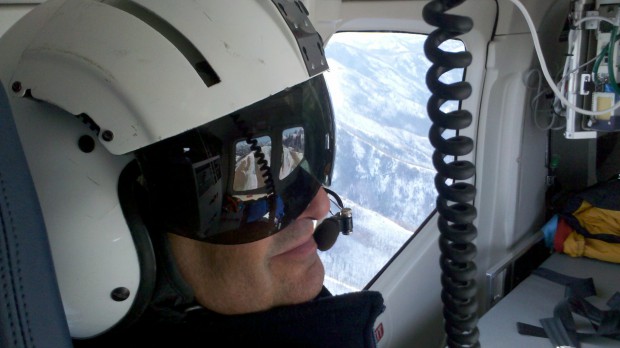
Joe in the air
Inclement weather and nighttime always ratcheted the intensity up another few notches. “Three to go, one to say no”, reverberating in my head. Measuring my comfort level constantly. Always trying to think one or two steps ahead.
Marveling at the scenery and the seasons when the sun is up, and the heavens at night by the glow of the moon. How did we do this for so many years without night vision goggles? If there was time we might review protocols, weight based medication doses, closest appropriate facility, and differential diagnoses.
Upon setting up for a safe landing, our medical part is just beginning. This is when the magic happened for me, sorting out the story, being recognized and working closely with our first responders, or rural hospital staff, interpreting signs and symptoms, then taking the immediate appropriate action with professionalism, empathy and compassion in an amazing blur of speed and accuracy.
On the return flight, checking and reevaluating our interventions on sophisticated miniature medical equipment, alerted by every beep, medicating and adjusting therapies, dialing them in. Have we done everything possible? Reporting our patient’s situation and ETA to the awaiting hospital, fingers crossed for a good outcome and a strong tail wind.
Ultimately unloading our patient and transferring care to the assembled team giving a succinct report in an effort to sum up everything we know about our patient, what we’ve done for them, and how they responded in a few moments.
Cleaning up, restocking, refueling, and debriefing with everyone. Are we ready to go again?

Eastern Oregon
Some calls became routine, others were super calls, the ones that we will never forget. They tested us and, created a bond that cannot be broken. These rare but precious calls brought out our “A game”. These are the ones that we all lived for.
Then there was the documentation, often taking longer than the call itself, dotting the I’s and crossing the T’s. Confirming our field diagnosis with the hospital’s admitting diagnosis was always a game. Following up with the floor nurses and the occasional patient visit was a beautiful reunion. Meeting the family was always especially rewarding.
As I reflect on a career well spent,
Retirement is the reward for incessant training, endless requirements for certification and recertification, attending lectures, making presentations, participating in safety days and conferences, being tested, attending hospital rotations (a favorite past time of mine), being filmed and critiqued while performing simulations, and attending so many meetings. Most of the sacrifices were obvious. Recharging was essential away from this seemingly all-consuming profession.
The value was always there for me. As I reflected on what has been accomplished,
• The gallons of pain, sedation, and nausea relief administered
• The anxiety confusion and sheer terror made sense of
• The number of times vomited, peed, and pooped on
• The instant trust earned, tears shed, and hugs shared
• The thousands of gallons of fuel pumped
• The hand full of babies delivered
• The tens of thousands of cubic feet of oxygen administered
• The sincere empathy and compassion showed for patients and their families
• The thousands of tubes inserted everywhere, under harsh conditions on occasion
• The amazing partners
• The support staff that made everything work
• The hand full of close calls
• Most of all the, lives we all saved together.
I came to realize that none of this would have been possible without the vision and support of a leader who inspired and created a magical environment for us to work together as a team for so many years and around thousand flights for me.
Mike McGrane has been my unsung hero.
I have been blessed with being able to spend countless hours with Mike commuting to Idaho City monthly, where we supported our rural EMS partners. I have gotten to know the man behind the beard. He has always had our back.
I believe I speak for everyone when I say, thank you from the bottom of my heart for everything you have done to support us through countless reorganizations, aircraft evolutions, vehicle purchases, team configurations, base changes, vendor negotiations, and management transitions.
Most of all for standing strong on your principals of what a World Class, Hospital Based, Air Medical Flight Program should be all about then making it happen in two programs for over three decades.


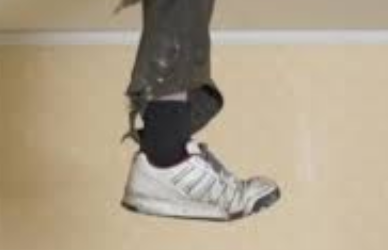
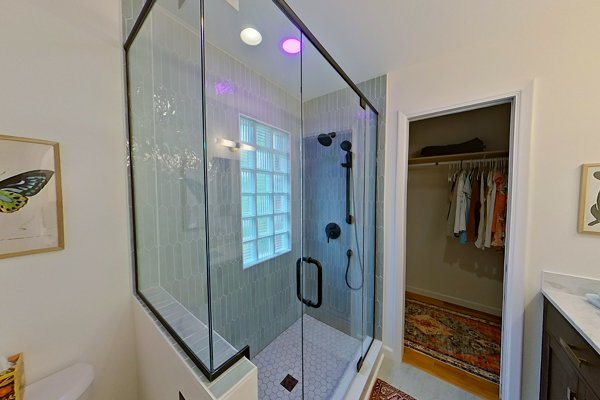
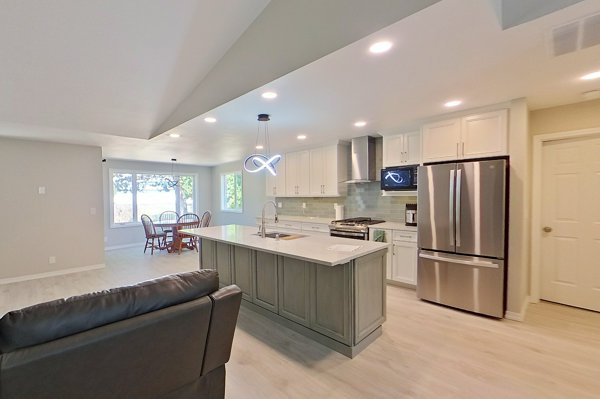
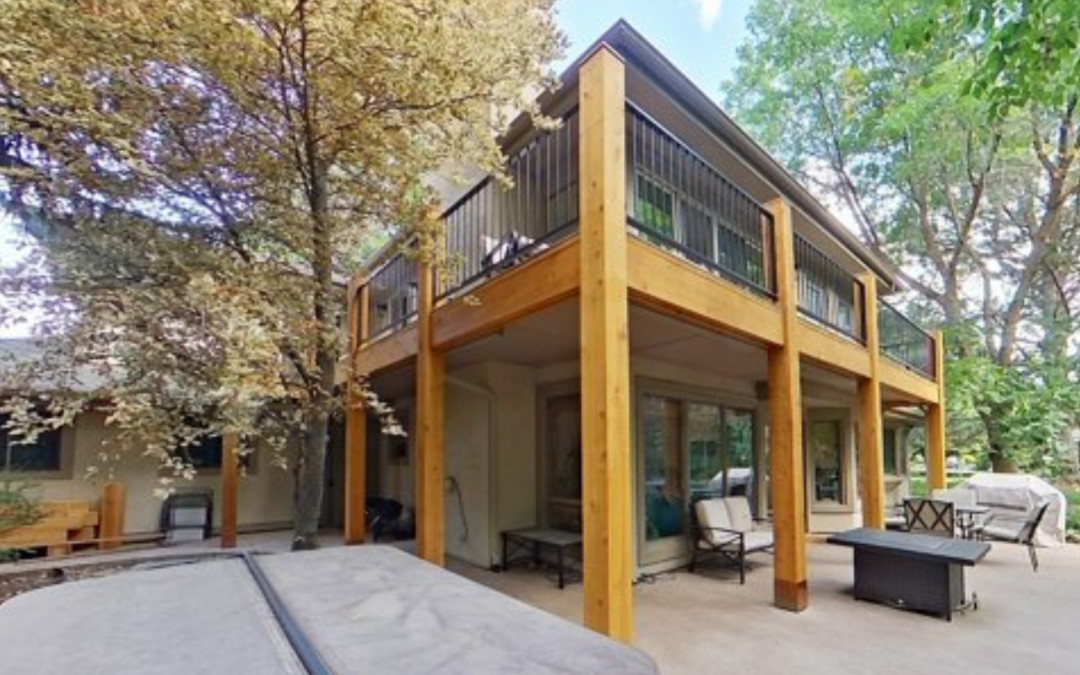

0 Comments